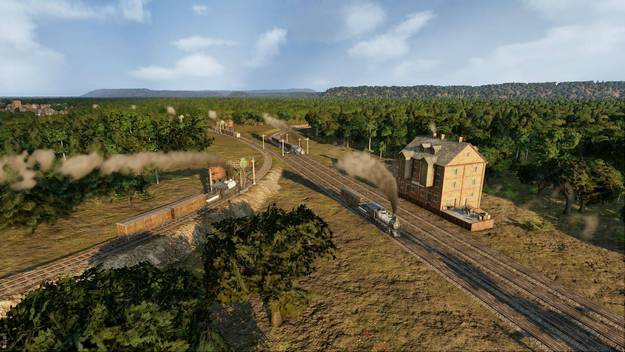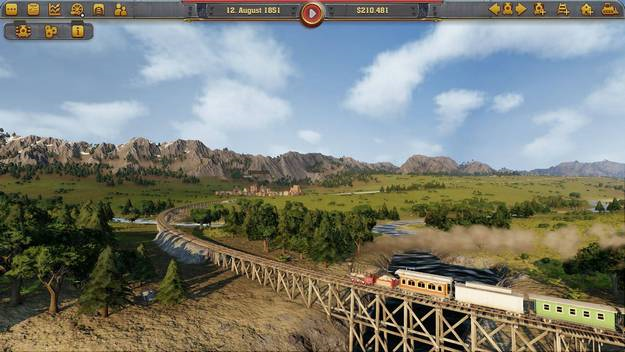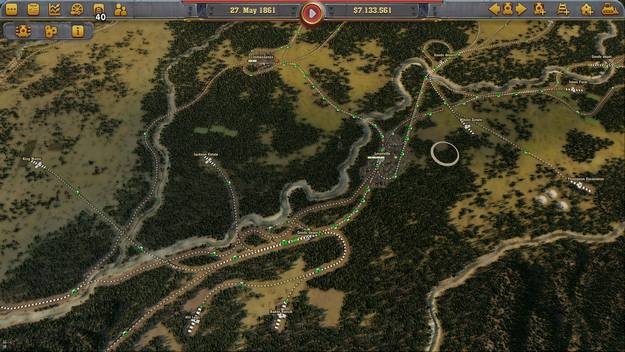Conquering the new world by rail takes place through a campaign, scenario or sandbox mode. The campaign itself consists of five chapters, with each of them taking place in the other part of the United States. Because of this division, there is a missed opportunity to create a real transcontinental line that would connect the east and west coasts one by one. Nevertheless, the campaign itself is not boring because the first four chapters are actually an introduction to the rest of the game that is much harder. It's a weird decision because the real challenges are in the scenarios that fairly test the sense of creating a profitable rail network.


In addition to the above mentioned situations, things are further complicated by the signaling system for trains. Although this segment is demonstrated in the tutorial, which could have been better done, and during the game there are also hints with additional explanation of things in the field, it can be said that this is not the most happily solved. The simplest traffic control system in the parallel rails where trains are passing is not difficult to understand, but when more rails start to blend into one, with misplaced signals can stop half the traffic - you realize where things get tangled. However, the whole thing can be avoided by playing out of realism where trains run through each other, but losing the part of the charm that the Railway Empire has in itself.








i like that game
nice article bro